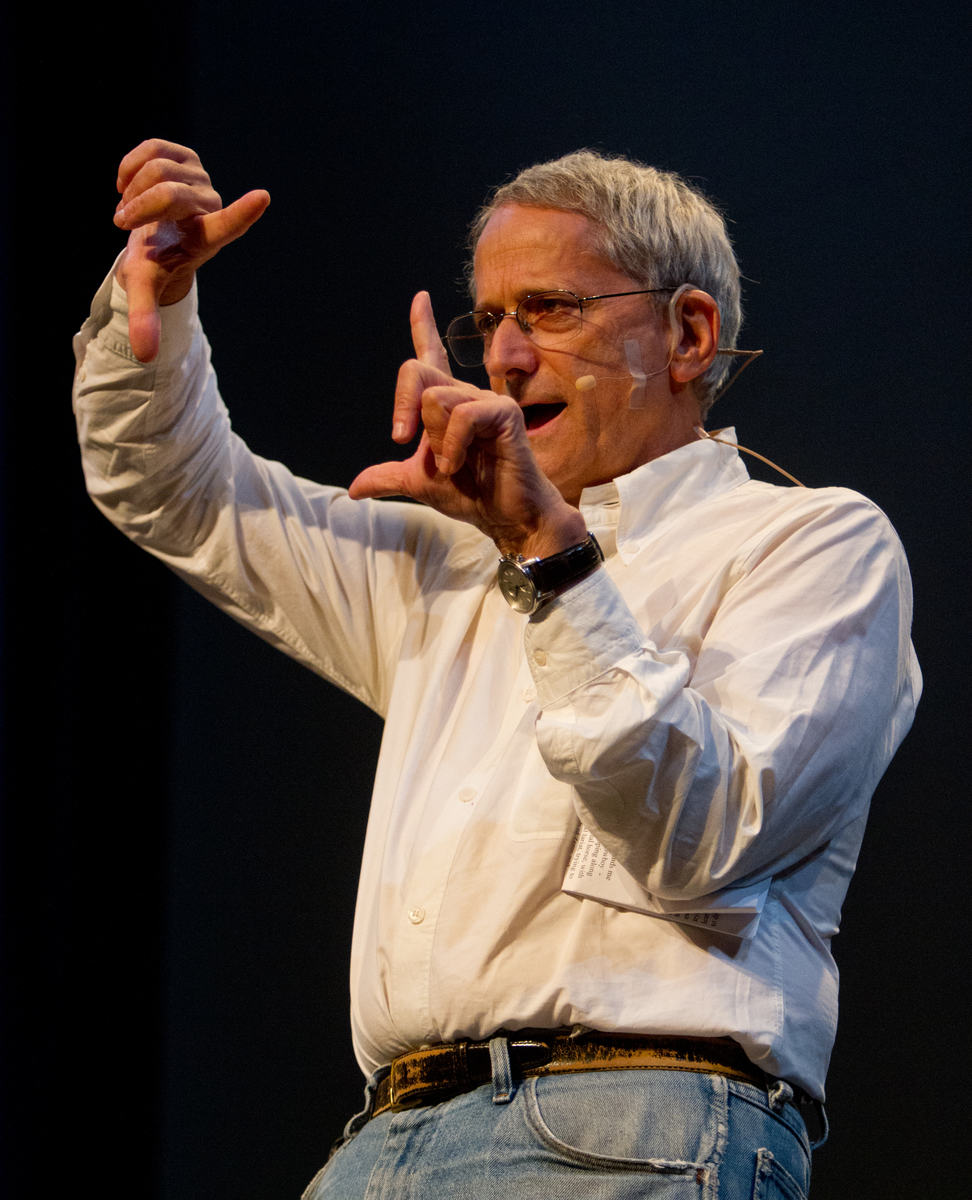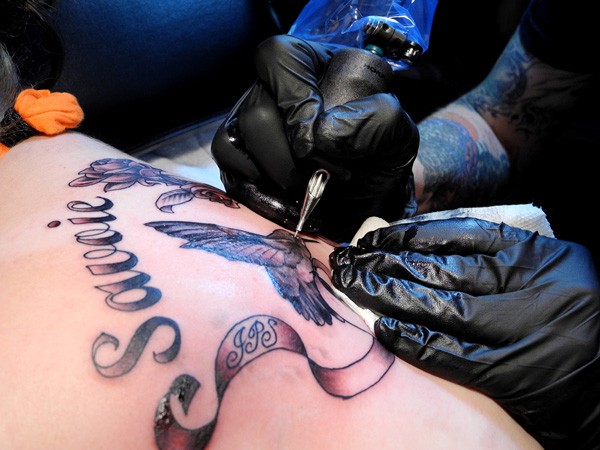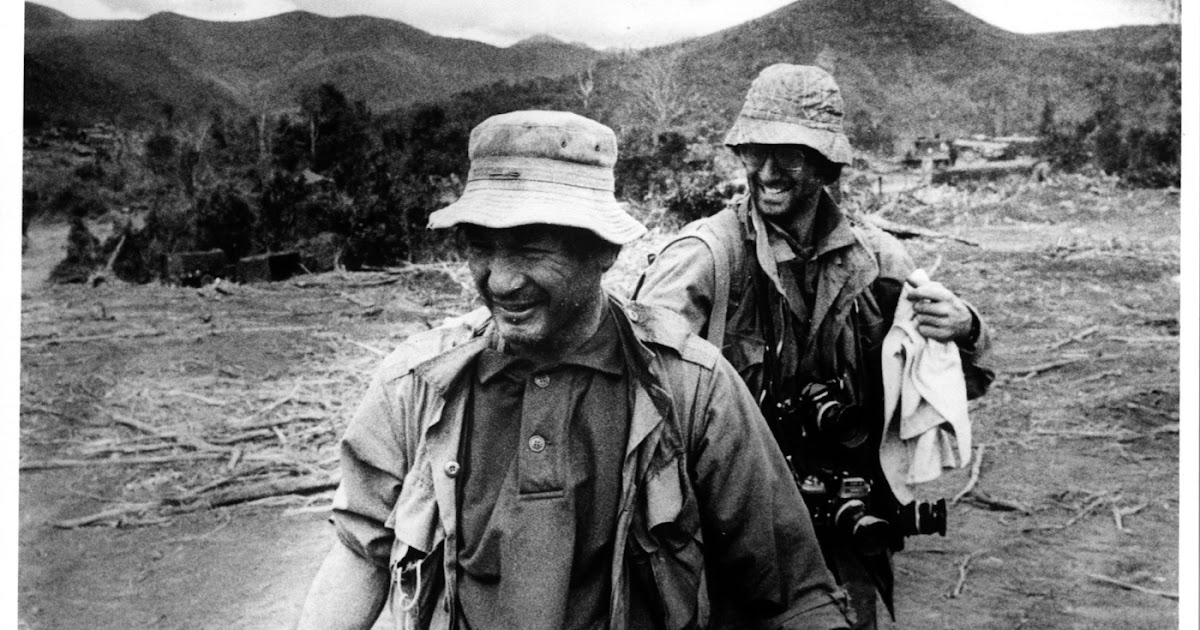Tag: David Burnett
-
David Burnett | An Interview
Link: David Burnett | An Interview “If You Could Find Other Ways In Photojournalism To Put Talented Groups Of People Together, Good Editors, Our World Would Be Damn Near Perfect.” —David Burnett
-

This Just In: Luminance 2012 Speaker Videos
This Just In: Luminance 2012 Speaker Videos – PhotoShelter Blog If you haven’t noticed, we’re surrounded by photography. We not only consume copious amounts of photography through social media and everywhere else online, but we’re just as likely to create photos on a daily basis – whether it’s with our DSLRs or phones via PhotoShelter…
-

David Burnett’s Eighth Summer Olympics
An Olympic Photographer’s Endurance David Burnett has photographed seven summer Olympics, creating a few iconic images along the way. In conversation, he remembers the misses and triumphs, and discusses his commitment to a different picture as London’s games approach. via Lens Blog: http://lens.blogs.nytimes.com/2012/07/19/an-olympic-photographers-endurance/ David Burnett, of Contact Press Images, has photographed seven summer Olympics. He…
-
Forty years after ‘napalm girl’ picture, a photographer reflects on the moment that might have been his
Forty years after ‘napalm girl’ picture, a photographer reflects on the moment that might have been his On the 40th anniversary of the famous “napalm girl” picture that changed the tide in the Vietnam war, another photographer who was there and missed that picture reflects on the power of that image and on waiting for…
-
Just Shoot, Shoot, Shoot: An Interview with David Burnett, Part II
Just Shoot, Shoot, Shoot: An Interview with David Burnett, Part II Interview by John Camp (Part I is here) John Camp: David, on your days off, do you walk around with a camera under your arm? David Burnett: About four years ago I needed a carry around camera, and ended up… via The Online Photographer:…
-
Just Make the Damn Picture: An Interview with David Burnett, Part I
Just Make the Damn Picture: An Interview with David Burnett, Part I Interview by John Camp Introduction: I’m a writer—a novelist —and a few weeks ago my publishing company sent a well-known professional photographer out to Santa Fe to take my picture for the backs of upcoming novels…which shows a bit of… via The Online…
-

13 Digital Point-and-Shoot Cameras Used by the Pros
13 Digital Point-and-Shoot Cameras Used by the Pros – PhotoShelter Blog About a year and a half ago, Grover put out the following question to the pro photographer community: What digital point-and-shoot camera are you using? Knowing how fast technology changes, we figured it was time for an update. So we went back to several…
-

We're Just Sayin: To Photography, and Photographers
To Photography, and Photographers I’m in Amsterdam, participating in the jury process for this year’s World Press Photo awards, probably the Premier awards in the field of ph… Link: http://werejustsayin.blogspot.com/2011/02/to-photography-and-photographers.html As they started to get aboard, I realized there would probably not be room, but that made no real sense to me, as I was…
-
PDN Pulse » How A Picture Agency Worked, circa 1978
Friday Fun: How A Picture Agency Worked, circa 1978 | PDNPulse “Moving Stills” (1978) by Behnam Attar from David Burnett on Vimeo. Photojournalist David Burnett has posted on Vimeo “Moving Stills,” a film Behnam Attar made about the workings of the Contact Press Images photo agency in 1978. It has inspired both nosta via PDNPulse:…
-
In The Bag with Photographer David Burnett – A Picture's Worth
In The Bag with photographer David Burnett from PhotoShelter.com on Vimeo. via: In The Bag with Photographer David Burnett – A Picture’s Worth | PhotoShelter
-
Canon Professional Network – David Burnett
Contact Press Images photographer David Burnett spent 44 days in Iran in early 1979 covering the Iranian Revolution for Time magazine. In an exclusive CPN film interview he reveals the full story of photographing the Revolution. Link: Canon Professional Network – David Burnett
-
David Burnett speaking about 44 Days: IRAN and the Remaking of the World
DB speaking at Barnes & Noble in Bethesda, about 44 Day from David Burnett on Vimeo. David Burnett speaking (the first 35 minutes) at Barnes & Noble in Bethesda, on occasion of the publication of “44 Days: IRAN and the Remaking of the World.”
-
44 Days: A Revolution Revisited – David Burnett
CLICK NOTE: Click on FEATURE GALLERY to see the photos. It’s VERY EASY to miss.Link: 44 Days: A Revolution Revisited – The Digital Journalist: In the case of these photographs, they have lived happily, cared for in the file cabinets at Contact Press Images in New York for the past three decades. Now and then…
-
David Burnett: The Genie Unleashed
We’re Just Sayin: The Genie Unleashed: Thirty years ago last Christmas, I stepped off a plane in Tehran en route home from a story I’d done in the Pakistan territory of Baluchistan. Next to the mountainous exoticism of the Baluch frontier, Tehran seemed like an almost quiet place. I’d known of the unrest there in…
-
We're Just Sayin: Closing the Circle
by David Burnett We had been lingering on the edge of battle in this small village when a droning noise came out of the distance. Two A-1 Skyraider planes, with Vietnamese Air Force (VNAF) markings started circling Trang Bang. After a couple of passes they began diving towards the village. I had finished the first…
-
Mostly True: Burnett's Olympics
This little video by David Burnett gives you a pretty good idea of the experience from the photographers point of view. Check it out here.
-
We're Just Sayin: History in the Buffer
photo by David Burnett Most photojournalists like to feel that what they do in their work has some historic sense to it. I mean, we’re photoJOURNALISTS. We like to think that our pictures are, as we often say, the “first draft of history.” Check it out here.
